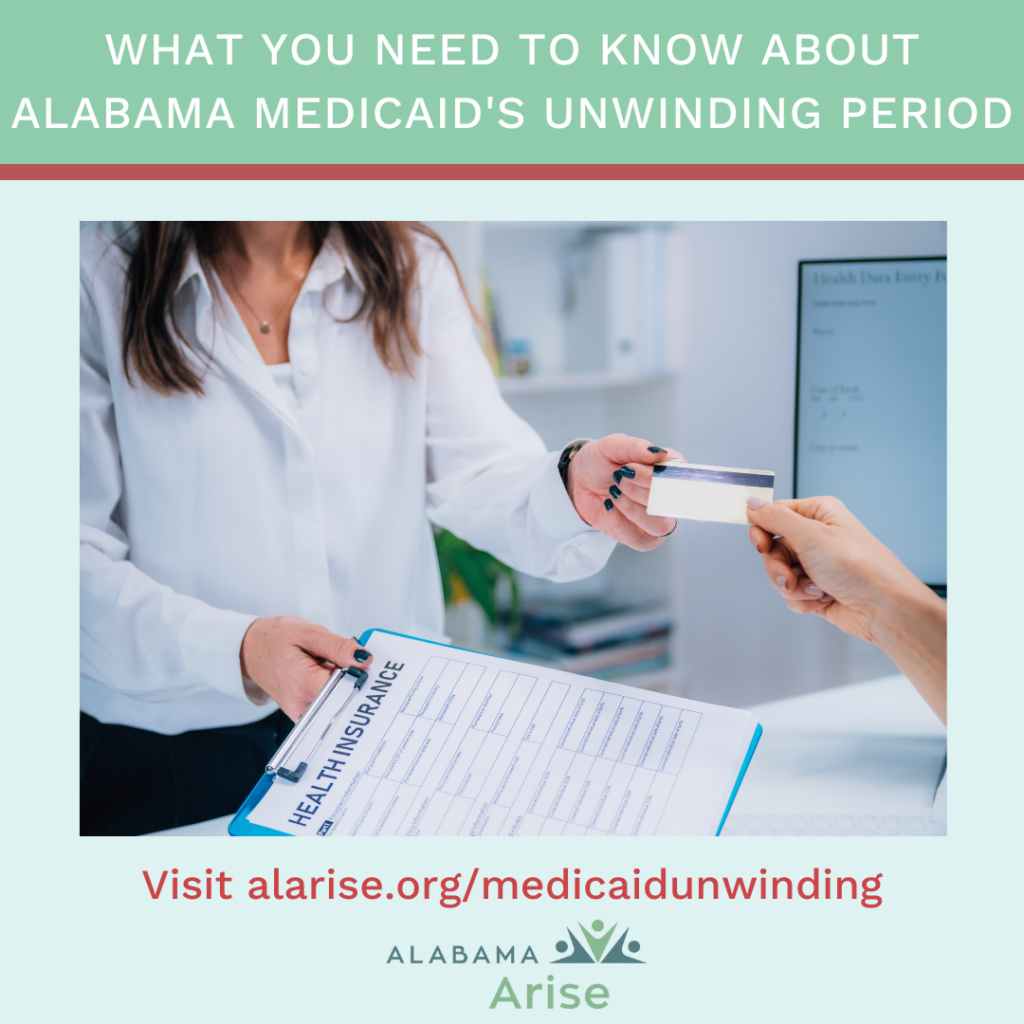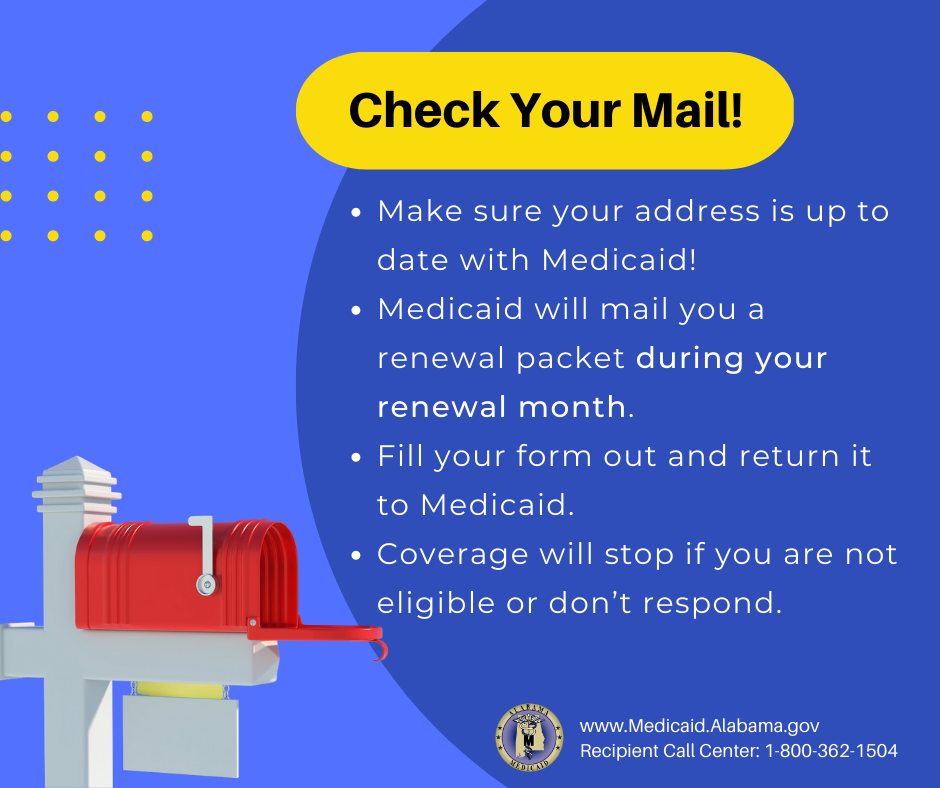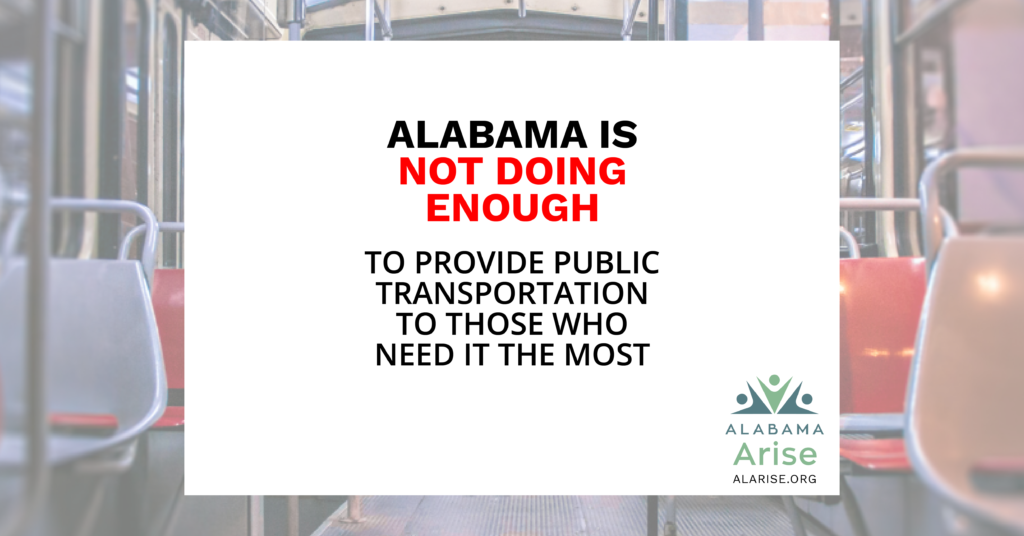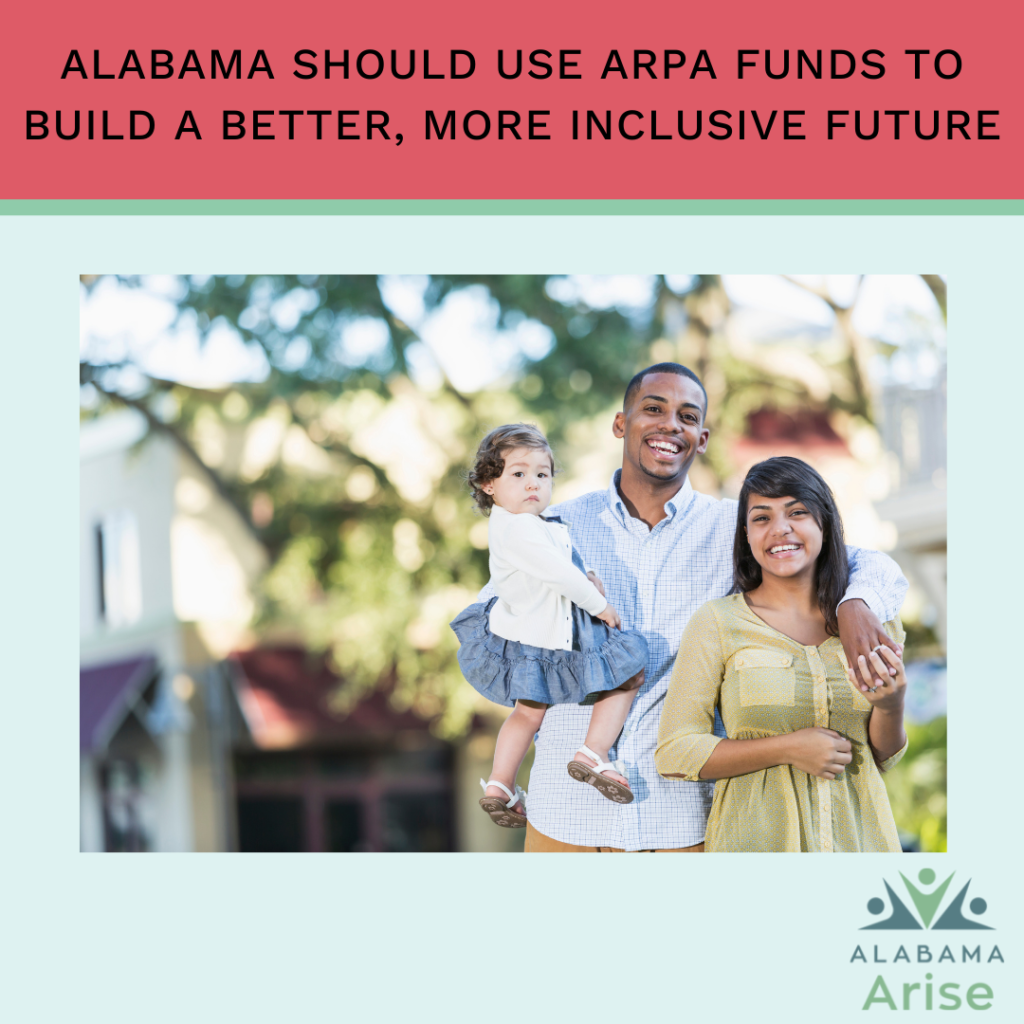The Alabama Legislature’s 2022 regular session, which began Tuesday, will be unusual in one important way. For the first time in many years, Alabama has more than enough revenue to maintain its bare-bones public services. That means instead of scrambling to avoid cuts, the legislative focus can be on strengthening investments in our state’s future.
Both the Education Trust Fund (ETF) budget and the General Fund (GF) budget, which funds non-education programs, have seen tax revenues rise more than 10% in the last year. ETF revenues actually increased 16% in 2021. In addition, Alabama has about $1.6 billion of federal relief funds remaining under the American Rescue Plan Act (ARPA). President Joe Biden signed ARPA into law in March 2021.
Alabama lawmakers already allocated $480 million of the state’s ARPA money last year. Of that amount, $400 million went toward prison construction and $80 million went to hospitals and nursing homes.
Budget growth faces sustainability challenges
State budget officials have steadily cautioned lawmakers to consider the one-time nature of both relief money and the bump in tax revenues. Recent revenue growth almost certainly will not be sustained in future years, budget officials warn. And one-time ARPA funds are by definition only temporary.
Alabama’s budget officials have strongly recommended that both ARPA funds and increased state revenues be invested in programs and services that won’t require regular, recurring revenue but that still meet critical needs for the people of the state. Alabama Arise questions whether the new revenue is as unsustainable as budget officials predict. But Arise agrees that this money needs to fund big ideas that will benefit the state for years to come.
Areas for investment
If spent wisely, ARPA funds could create vital long-term improvements for Alabamians. Alabama Arise has numerous specific suggestions for what those big ideas, and investments, could be.
Serve underserved communities
 ARPA investments should focus on the most underserved areas and most underserved Alabamians. Communities of color and communities with low incomes, particularly in the Black Belt, have long-festering unmet infrastructure needs. The lack of wastewater treatment, accessible broadband internet, affordable housing and public transportation has held these communities back for decades.
ARPA investments should focus on the most underserved areas and most underserved Alabamians. Communities of color and communities with low incomes, particularly in the Black Belt, have long-festering unmet infrastructure needs. The lack of wastewater treatment, accessible broadband internet, affordable housing and public transportation has held these communities back for decades.
In deciding where to spend new one-time dollars, the most historically neglected parts of Alabama should come first. An urgent public health need in many rural Black Belt counties is for sewer and other water treatment systems. These should be a top priority.
Modernize state technology
 A major lesson from the COVID-19 recession was that Alabama’s technology infrastructure is totally inadequate for remote access to services. Suddenly unemployed people desperately tried to apply for unemployment insurance (UI) benefits, food assistance, COVID-19 tests and other services on overwhelmed state computer and telephone systems. People who had never before applied for public assistance couldn’t find one-stop sources of information about services for which they might be eligible. And when new federal programs were created, they were hard to implement. That’s because Alabama’s computer systems didn’t talk to each other and couldn’t share information needed to help people get assistance.
A major lesson from the COVID-19 recession was that Alabama’s technology infrastructure is totally inadequate for remote access to services. Suddenly unemployed people desperately tried to apply for unemployment insurance (UI) benefits, food assistance, COVID-19 tests and other services on overwhelmed state computer and telephone systems. People who had never before applied for public assistance couldn’t find one-stop sources of information about services for which they might be eligible. And when new federal programs were created, they were hard to implement. That’s because Alabama’s computer systems didn’t talk to each other and couldn’t share information needed to help people get assistance.
Modernizing the state’s computer systems would be a great investment to increase efficiency and prepare us for the next crisis. This would allow for integrated eligibility and data sharing systems across state agencies. And it would be an opportunity to modernize and upgrade the state’s UI application and payment process.
Expand Medicaid and strengthen public health
 Alabama has failed for decades to invest adequately in our health care infrastructure, including Medicaid. The devastating toll of the COVID-19 pandemic has made the consequences of that failure apparent to everyone in the state. We need to invest now in a health care infrastructure that will improve the delivery of health services to underserved individuals and communities.
Alabama has failed for decades to invest adequately in our health care infrastructure, including Medicaid. The devastating toll of the COVID-19 pandemic has made the consequences of that failure apparent to everyone in the state. We need to invest now in a health care infrastructure that will improve the delivery of health services to underserved individuals and communities.
Medicaid expansion to cover adults with low incomes is an essential step to strengthen Alabama’s health care system. Other investments should include more funding for mobile health services and telehealth services. Alabama also should provide additional resources for our local and state public health departments.
Reduce hunger and promote healthier communities
 Hunger was already a large and perpetual problem across Alabama even before the pandemic. But the COVID-19 recession and its aftermath exacerbated this problem by fueling a rapid, major increase in food insecurity. Sudden income loss, rising prices and occasional shortages have made it much more difficult for many people to feed their children and families.
Hunger was already a large and perpetual problem across Alabama even before the pandemic. But the COVID-19 recession and its aftermath exacerbated this problem by fueling a rapid, major increase in food insecurity. Sudden income loss, rising prices and occasional shortages have made it much more difficult for many people to feed their children and families.
The Supplemental Nutrition Assistance Program (SNAP) and various child nutrition programs are essential standing resources to fight hunger in Alabama. But the state can and should do more to support our food infrastructure. Alabama should provide healthy food financing grants to expand community groceries, farmers markets and mobile markets. This would improve access to healthy foods in communities without ready access to fresh foods, especially fruits and vegetables.
Invest in affordable housing
 The COVID-19 recession has caused a wave of evictions and foreclosures across Alabama. This has occurred as the cost of housing has been driven up amid supply chain issues and fewer available workers.
The COVID-19 recession has caused a wave of evictions and foreclosures across Alabama. This has occurred as the cost of housing has been driven up amid supply chain issues and fewer available workers.
Alabama could help address its housing shortage and resulting homelessness by providing $25 million for the state Housing Trust Fund. This investment would create and support jobs across the state. And it would reduce Alabama’s shortfall of more than 73,000 affordable homes for people with incomes below the federal poverty level.
Fund public transportation
 Alabama’s elected leaders, including Gov. Kay Ivey in her State of the State address, have celebrated the state’s low unemployment rate. But they also are bemoaning our state’s associated low rate of labor force participation. For more Alabamians to return to work during and after the pandemic, the state must ensure they have essential work supports. Not the least of these is transportation to and from a job or school.
Alabama’s elected leaders, including Gov. Kay Ivey in her State of the State address, have celebrated the state’s low unemployment rate. But they also are bemoaning our state’s associated low rate of labor force participation. For more Alabamians to return to work during and after the pandemic, the state must ensure they have essential work supports. Not the least of these is transportation to and from a job or school.
Lawmakers can help people reenter the job market by investing $20 million in ARPA funds and $10 million in GF dollars in the state Public Transportation Trust Fund. These dollars would go a long way toward ensuring that people, especially those in rural areas, can get to a job and to job training. They also would help Alabama match other federal transportation dollars that can benefit the entire state.






 ARPA investments should focus on the most underserved areas and most underserved Alabamians. Communities of color and communities with low incomes, particularly in the Black Belt, have
ARPA investments should focus on the most underserved areas and most underserved Alabamians. Communities of color and communities with low incomes, particularly in the Black Belt, have  A major lesson from the COVID-19 recession was that Alabama’s technology infrastructure is totally inadequate for remote access to services. Suddenly unemployed people desperately tried to apply for unemployment insurance (UI) benefits, food assistance, COVID-19 tests and other services on overwhelmed state computer and telephone systems. People who had never before applied for public assistance couldn’t find one-stop sources of information about services for which they might be eligible. And when new federal programs were created, they were hard to implement. That’s because Alabama’s computer systems didn’t talk to each other and couldn’t share information needed to help people get assistance.
A major lesson from the COVID-19 recession was that Alabama’s technology infrastructure is totally inadequate for remote access to services. Suddenly unemployed people desperately tried to apply for unemployment insurance (UI) benefits, food assistance, COVID-19 tests and other services on overwhelmed state computer and telephone systems. People who had never before applied for public assistance couldn’t find one-stop sources of information about services for which they might be eligible. And when new federal programs were created, they were hard to implement. That’s because Alabama’s computer systems didn’t talk to each other and couldn’t share information needed to help people get assistance. Alabama has failed for decades to invest adequately in our health care infrastructure, including Medicaid. The devastating toll of the COVID-19 pandemic has made the consequences of that failure apparent to everyone in the state. We need to invest now in a health care infrastructure that will improve the delivery of health services to underserved individuals and communities.
Alabama has failed for decades to invest adequately in our health care infrastructure, including Medicaid. The devastating toll of the COVID-19 pandemic has made the consequences of that failure apparent to everyone in the state. We need to invest now in a health care infrastructure that will improve the delivery of health services to underserved individuals and communities. Hunger was already a large and perpetual problem across Alabama even before the pandemic. But the COVID-19 recession and its aftermath
Hunger was already a large and perpetual problem across Alabama even before the pandemic. But the COVID-19 recession and its aftermath  The COVID-19 recession has caused a wave of evictions and foreclosures across Alabama. This has occurred as the cost of housing has been driven up amid supply chain issues and fewer available workers.
The COVID-19 recession has caused a wave of evictions and foreclosures across Alabama. This has occurred as the cost of housing has been driven up amid supply chain issues and fewer available workers. Alabama’s elected leaders, including Gov. Kay Ivey in her State of the State address, have celebrated the state’s low unemployment rate. But they also are bemoaning our state’s associated low rate of labor force participation. For more Alabamians to return to work during and after the pandemic, the state must ensure they have essential work supports. Not the least of these is transportation to and from a job or school.
Alabama’s elected leaders, including Gov. Kay Ivey in her State of the State address, have celebrated the state’s low unemployment rate. But they also are bemoaning our state’s associated low rate of labor force participation. For more Alabamians to return to work during and after the pandemic, the state must ensure they have essential work supports. Not the least of these is transportation to and from a job or school.